Reintroducing big cats into the wild is a complex and challenging conservation strategy that aims to restore natural ecosystems and prevent species extinction. This process involves numerous ecological, social, and logistical considerations, and requires collaboration among scientists, conservation organizations, governments, and local communities. This article explores the various challenges associated with reintroducing big cats into their natural habitats, providing a comprehensive overview of the multifaceted nature of this conservation effort.
Understanding the Need for Reintroduction
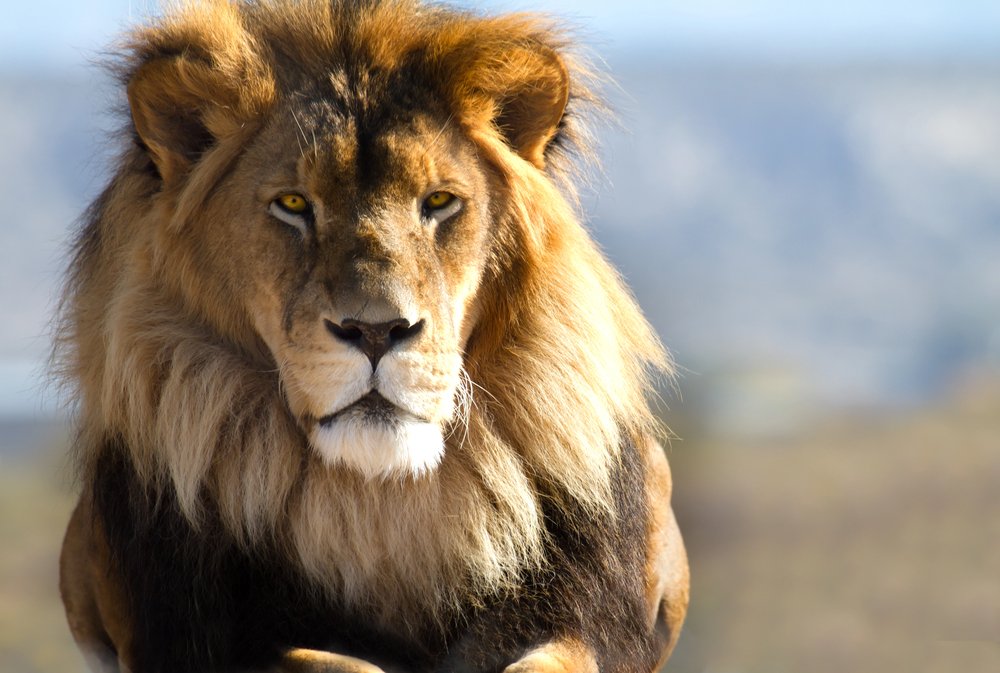
Big cats, such as lions, tigers, leopards, and cheetahs, play crucial roles in maintaining the balance of ecosystems by regulating prey populations and fostering biodiversity. However, due to habitat loss, poaching, and human-wildlife conflict, many big cat species face severe population declines. Reintroduction efforts aim to counteract these negative trends and restore the ecological functions of big cats.
Ecological Challenges
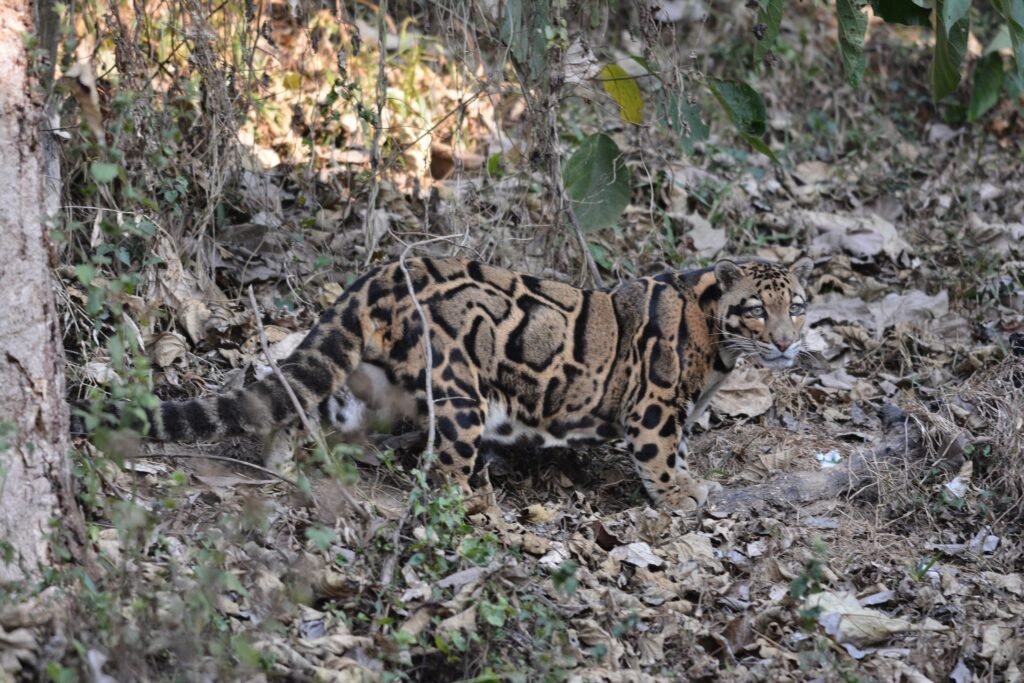
One of the primary challenges of reintroducing big cats is ensuring that the selected habitat can support their survival and reproduction. This requires a thorough assessment of prey availability, habitat size, and connectivity to other wildlife areas. Additionally, the carrying capacity of the ecosystem must be evaluated to prevent resource competition and ensure long-term viability for reintroduced populations.
Genetic Considerations
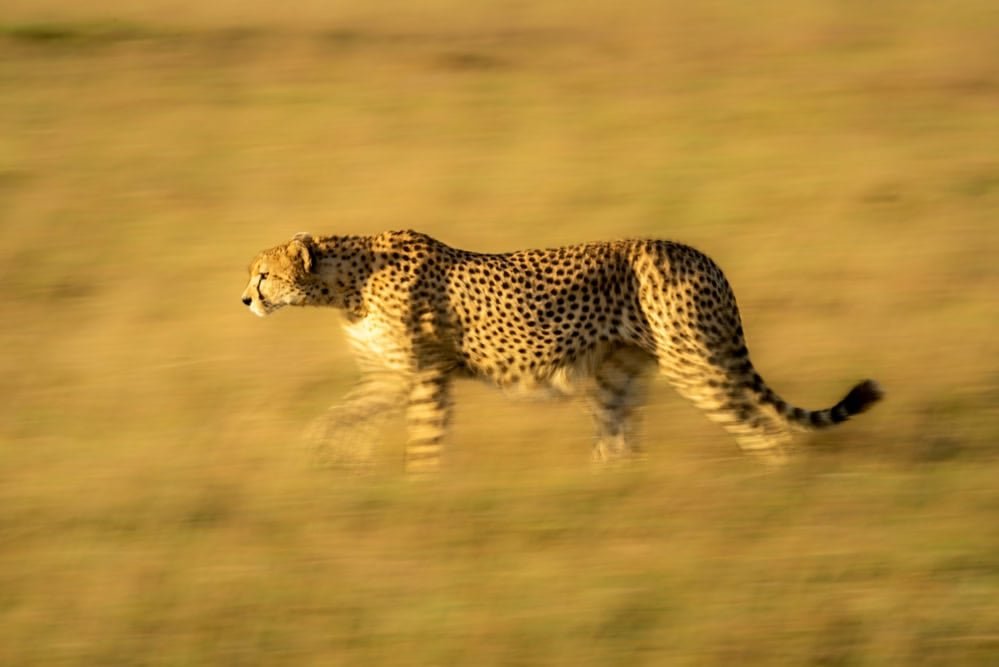
Maintaining genetic diversity is essential for the long-term health and adaptability of reintroduced big cat populations. Conservationists need to carefully select individuals for reintroduction to ensure a genetically diverse pool, which can be challenging due to the limited number of individuals in captive breeding programs or fragmented wild populations. Avoiding inbreeding and ensuring enough genetic flow between populations are critical for success.
Behavioral Adaptation
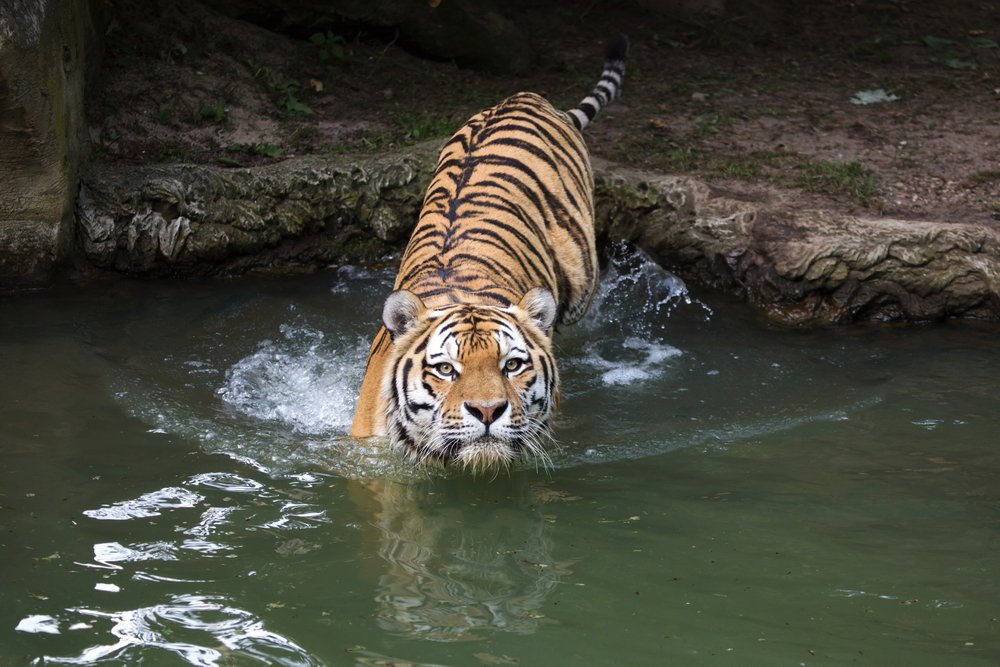
Big cats raised in captivity may lack essential survival skills, such as hunting and territorial behavior, necessary for thriving in the wild. To address this, pre-release training and conditioning programs are crucial for teaching these animals how to hunt and avoid human interactions. Monitoring post-release to ensure adaptation is also a significant part of behavioral adjustment strategies.
Health and Disease Risks
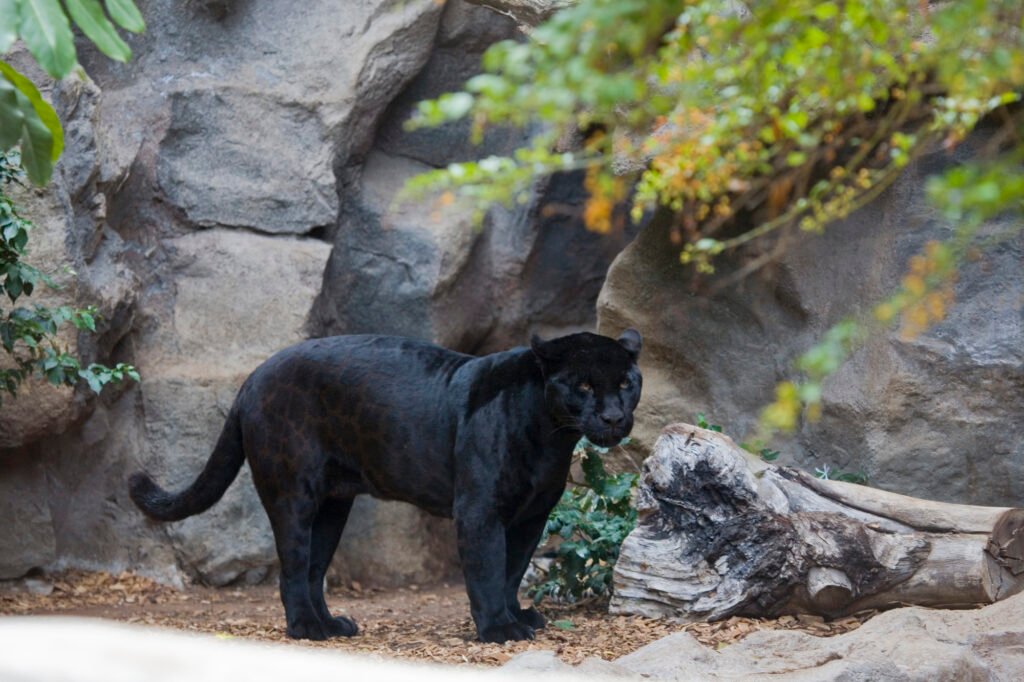
Reintroducing big cats into the wild involves health risks, such as disease transmission between captive and wild populations. It is crucial to conduct thorough health screenings, vaccinations, and manage potential disease vectors to prevent outbreaks that could devastate both reintroduced animals and existing wildlife populations.
Human-Wildlife Conflict
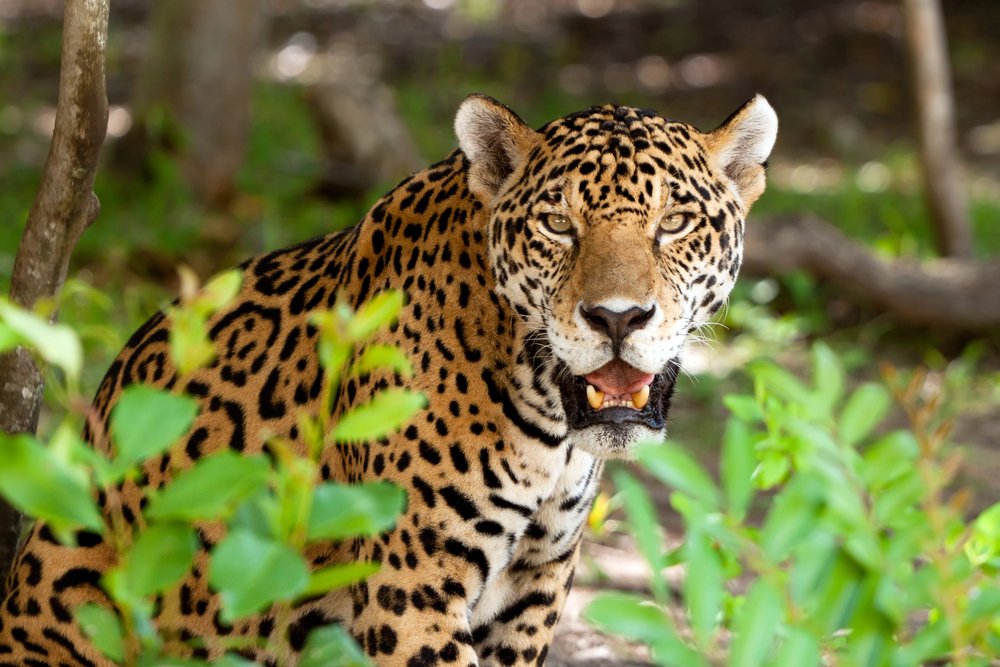
One of the most significant challenges of big cat reintroduction is minimizing human-wildlife conflict. Big cats might prey on livestock, leading to retaliation from local communities. Implementing community-based conservation programs, educating locals, and providing financial incentives for tolerance can mitigate these conflicts and foster coexistence.
Legal and Political Challenges

Reintroduction projects often face legal and political challenges, including navigating complex regulatory environments and securing permits for animal translocation. Additionally, political will and support are necessary for funding, land allocation, and long-term project sustainability, which can be challenging to achieve across varying jurisdictions.
Funding and Resource Allocation
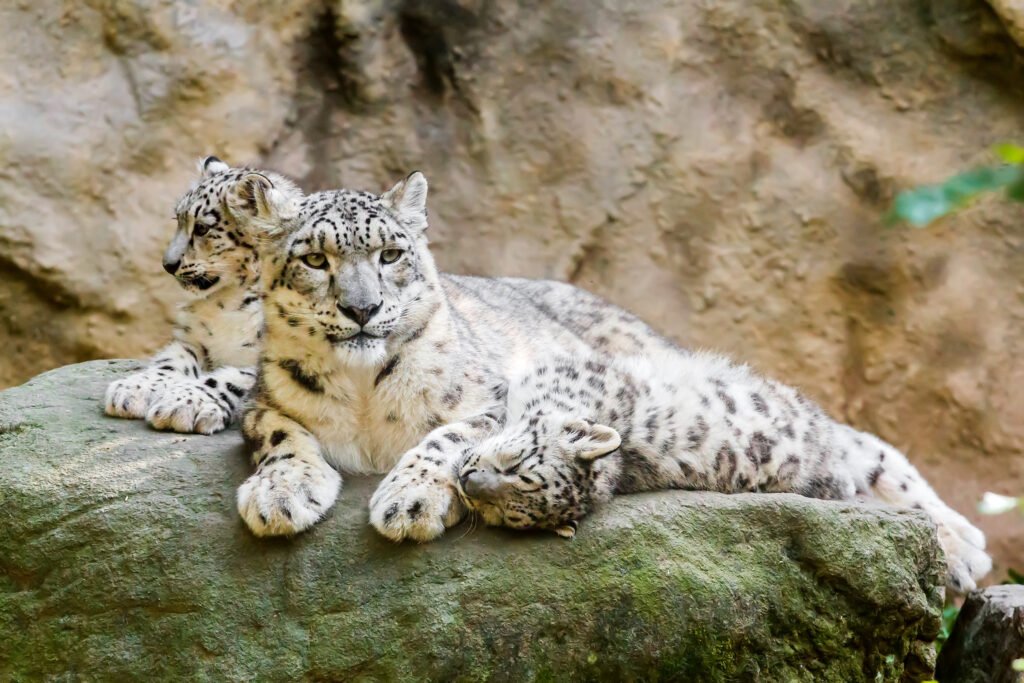
Reintroducing big cats requires significant financial resources for habitat restoration, monitoring, personnel, and community engagement. Securing long-term funding is a constant challenge, as conservation programs often compete with other pressing social and economic issues for financial attention.
Monitoring and Evaluation
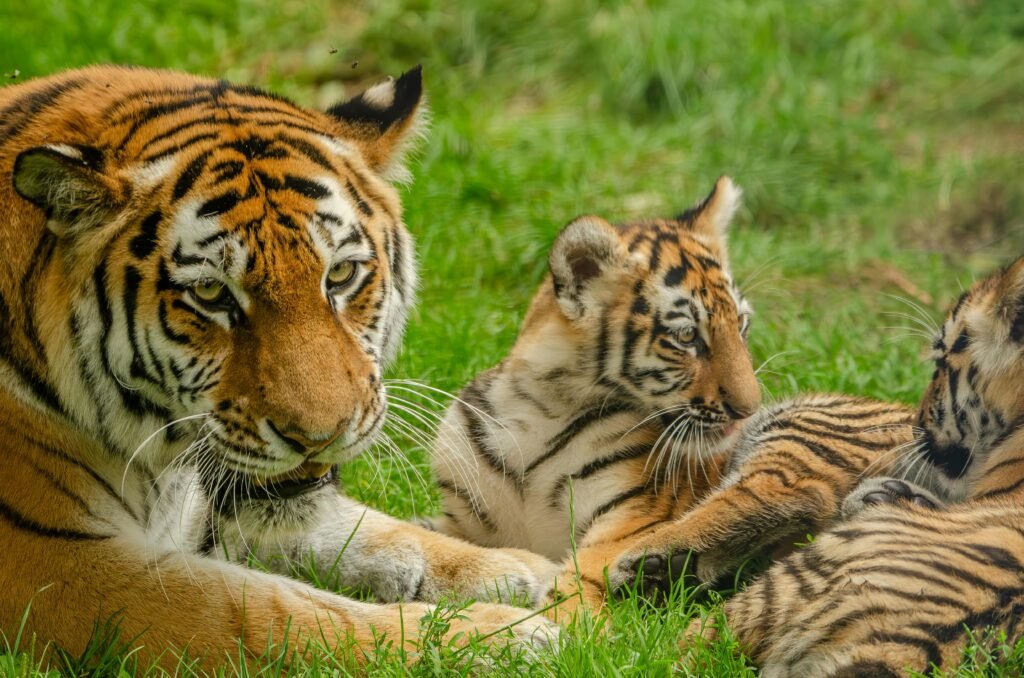
Continuous monitoring and evaluation are critical for assessing the success and impact of reintroduction efforts. Using technology such as GPS tracking collars, camera traps, and field surveys, conservationists can gather data on individual and population dynamics. Adaptive management strategies can be developed based on this data to address unforeseen challenges and ensure the success of the reintroduction project.
Conclusion
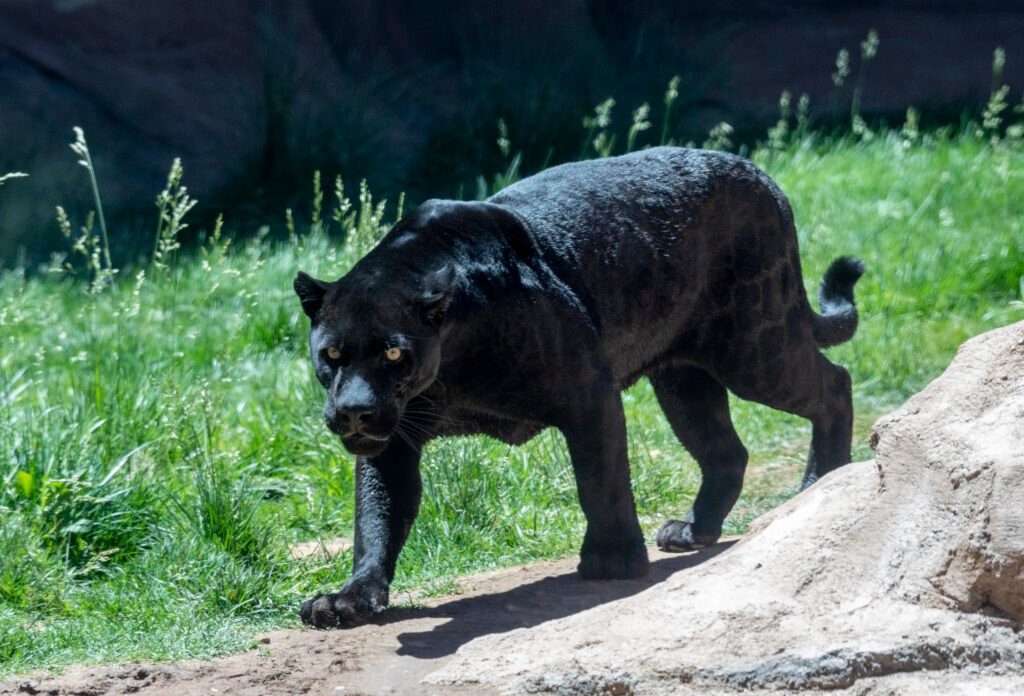
Reintroducing big cats into the wild is a complex endeavor that poses significant ecological, social, and logistical challenges. Despite these obstacles, successful reintroduction can lead to the restoration of ecosystems, increased biodiversity, and the long-term survival of endangered species. Addressing these challenges requires a collaborative, well-funded approach that integrates scientific research, community involvement, and adaptive management. Ultimately, with the right strategies in place, the reintroduction of big cats can be a beacon of hope for conservation efforts worldwide.

Suhail Ahmed is a passionate digital professional and nature enthusiast with over 8 years of experience in content strategy, SEO, web development, and digital operations. Alongside his freelance journey, Suhail actively contributes to nature and wildlife platforms like Feline Fam, where he channels his curiosity for the Feline into engaging, educational storytelling.
With a strong background in managing digital ecosystems — from ecommerce stores and WordPress websites to social media and automation — Suhail merges technical precision with creative insight. His content reflects a rare balance: SEO-friendly yet deeply human, data-informed yet emotionally resonant.
Driven by a love for discovery and storytelling, Suhail believes in using digital platforms to amplify causes that matter — especially those protecting Earth’s biodiversity and inspiring sustainable living. Whether he’s managing online projects or crafting wildlife content, his goal remains the same: to inform, inspire, and leave a positive digital footprint.






